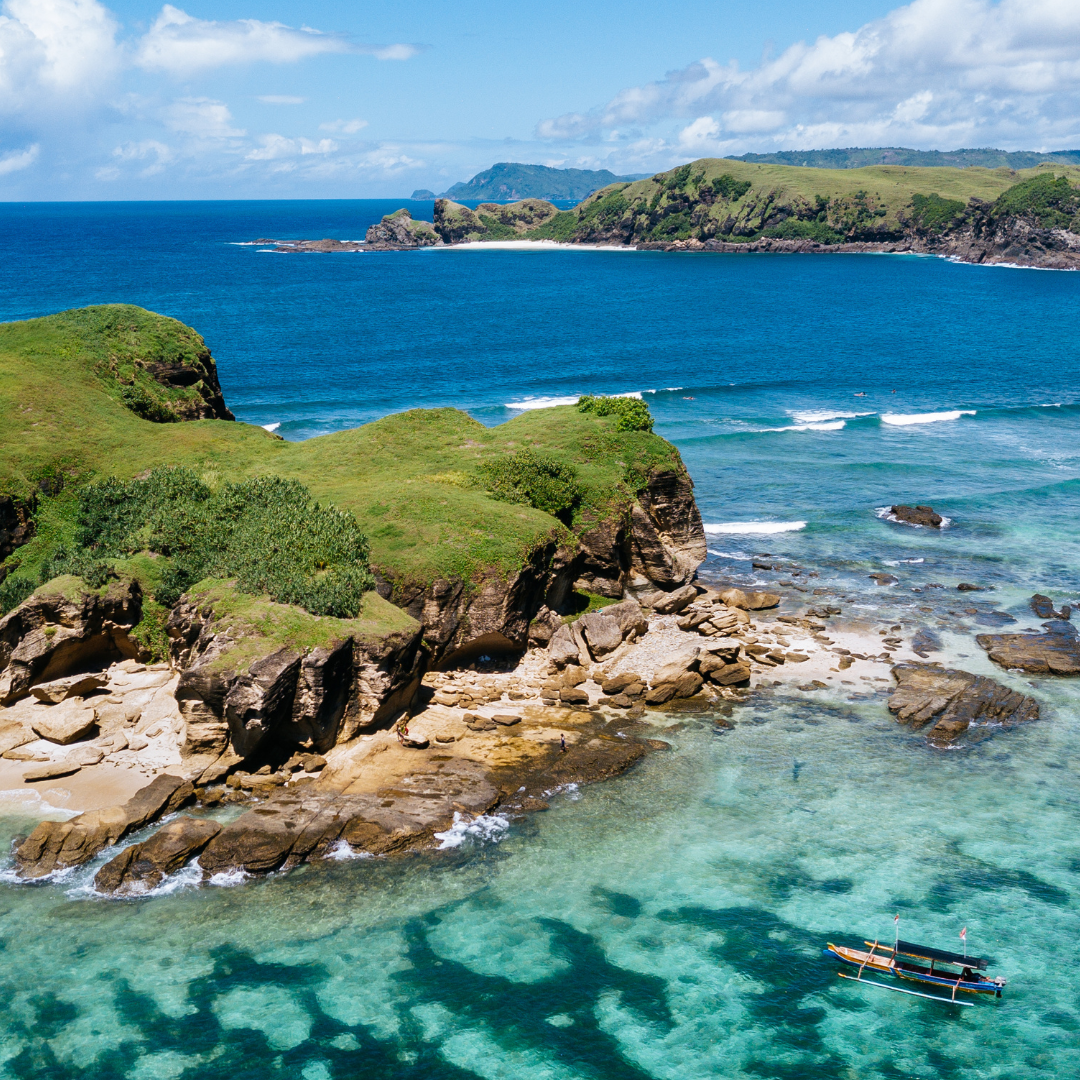Island-Hopping in Indonesia: Discovering the Diverse Archipelago by Sailboat

The vast expanse of the Indonesian archipelago, with its vibrant mosaic of islands, cultures, and seascapes, offers an unparalleled nautical odyssey. As the sail unfurls against the backdrop of the azure sea, with the rhythmic cadence of waves and the embrace of the tropical breeze, island-hopping in Indonesia emerges as more than just a journey—it’s an exploration of diverse ecosystems, a tapestry of cultures, and a celebration of nature’s unspoiled beauty.
The Beauty of Over 17,000 Islands: An Introduction
A constellation of islands scattered across the equatorial waters, Indonesia boasts over 17,000 islands, each with its unique allure. From the world-renowned beaches of Bali to the mysterious allure of Papua, this archipelago offers a varied palette of experiences. Sumatra, with its verdant rainforests and unique wildlife like the Sumatran tiger and orangutan, presents raw nature. Java, home to the bustling capital Jakarta, contrasts with its ancient temples and volcanic landscapes. Sulawesi, shaped like an orchid, beckons with its cultural tapestry and underwater treasures. Every island, big or small, narrates a different tale, waiting to be discovered.
Key Routes and Destinations: Planning Your Sail
Navigating the Indonesian archipelago requires strategic planning, given its vastness. A popular route starts in Bali, moving eastwards to the Nusa Tenggara islands, including the Komodo National Park—home to the famed dragons. Another route takes sailors to the Moluccas or Spice Islands, once the epicenter of the global spice trade. For those seeking untouched terrains, Raja Ampat, with its spectacular coral reefs, offers unparalleled diving experiences. Sailors might also chart a course to Java, anchoring by Yogyakarta, to witness the grandeur of Borobudur and Prambanan temples.
Lesser-Known Gems: Off the Beaten Path Explorations
Beyond the famed tourist spots lie islands less trodden but equally enchanting. The Anambas and Natuna Islands in the South China Sea are pristine paradises. Sumba, with its unique megalithic tombs and traditional villages, offers cultural insights. The Banda Islands, once the only source of nutmeg and mace, resonate with history. These destinations, while lesser-known, promise authentic experiences—be it mingling with locals, diving into clear waters, or relishing the serenity of untouched beaches.
Tips for Navigating Indonesian Waters: Tides, Weather, and Moorings
Sailing in Indonesia requires an understanding of its maritime nuances. The archipelago sits at the confluence of the Pacific and Indian Oceans, causing significant tidal movements. Sailors should be aware of these tides, especially when anchoring near coral reefs. The weather, largely tropical, has distinct wet and dry seasons. While the dry season (May-September) is favorable for sailing, it’s crucial to monitor weather forecasts for unexpected storms. Moorings are available in major destinations, but in remote islands, seeking local guidance for safe anchoring spots is advised.
Cultural Encounters: The Diversity of Indonesian Island Life
Indonesia’s islands are cultural kaleidoscopes. Each island or island group—be it the Javanese, Balinese, Dayak, or Torajan—has its distinct traditions, dances, and festivals. Attending ceremonies like the Balinese Nyepi or the Torajan funeral rites offers profound insights into local life. The architecture, from the Minangkabau roofs in Sumatra to the stilt houses in Papua, reflects the diversity. Engaging with locals, understanding their folklore, and partaking in their daily rituals transforms a sailing expedition into a profound cultural immersion.
Maritime Conservation: Respecting the Ocean and Marine Life
Indonesia’s marine biodiversity is among the richest globally. However, threats like overfishing, plastic pollution, and coral bleaching loom large. Sailors have a responsibility to minimize their ecological footprint. Using reef-safe sunscreens, avoiding anchoring on coral beds, and ensuring no waste disposal at sea are essential practices. Supporting conservation initiatives, like marine protected areas or turtle conservation projects, can further amplify positive impacts.
Culinary Experiences: Savoring Indonesia’s Island Delicacies
Indonesian cuisine is as diverse as its islands. While rendang, satay, and nasi goreng are internationally recognized, each island has its specialties. Bali’s lawar and bebek betutu, Lombok’s ayam taliwang, and Sulawesi’s coto makassar tantalize palates. Fresh seafood, from grilled fish to octopus sambal, can be relished straight off the boat. Tasting the local delicacies, paired with regional fruits like salak, rambutan, or durian, adds a flavorful dimension to the nautical journey.
As the sailboat anchors for the last time, and Indonesia’s islands become cherished memories, the true essence of the archipelago lingers—the chorus of its waves, the hues of its sunsets, and the warmth of its people. Island-hopping in Indonesia is more than a voyage; it’s an initiation into an ancient world where nature and culture converge harmoniously. In the embrace of the sea, amidst the islands’ whispers and songs, one discovers Indonesia—a realm where every island tells a story, and every wave sings of beauty and belonging.


